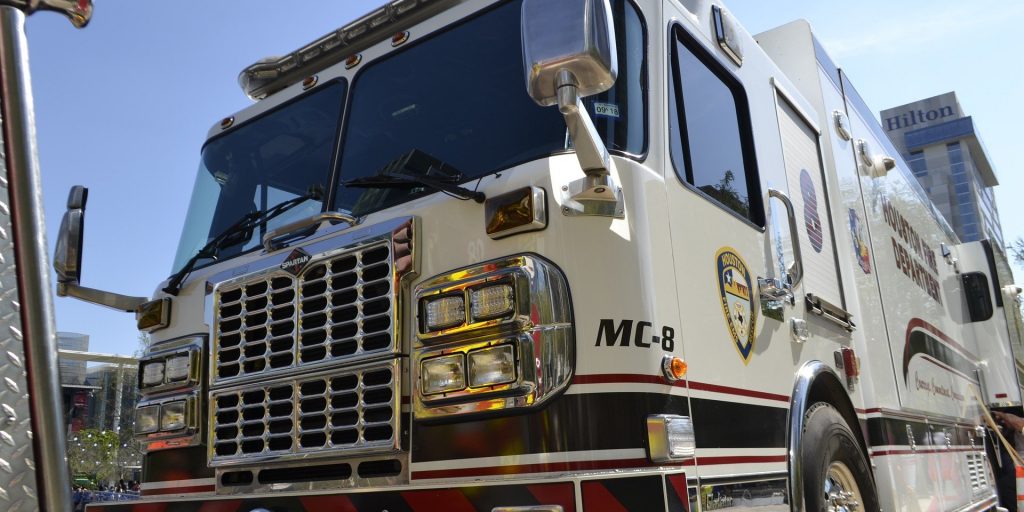Report: Between staffing shortages, pandemic, public safety organizations face uphill battle
Between the pandemic, rancorous national politics, civil unrest and staffing shortages, it’s been a difficult few years for those working in public safety—to say the least.
A new report from Rave Mobile Safety, a critical communication platform, quantifies the toll that’s been taken on the industry at large. A little more than 60 percent of respondents reported their job has become harder over the last 18 months, with 16 percent saying its become significantly more difficult. The report, 2022 Public Safety Trends Survey, was compiled by surveying about 300 emergency responders (EMTS, police officers, tele-communicators and firefighters). The survey was conducted by Researchscape over the last two months.
Of the reasons contributing to this increased challenge, the pandemic was ranked as having the most impact (83 percent). Hiring and staffing shortages was ranked third (72 percent) was ranked second and public perception of law enforcement/first responders was ranked third (61 percent). Faced with these concerns, 56 percent said they were concerned about mental health in the coming year.
Even before the pandemic, first responders were at increased risk for mental health problems.
Increasing staffing and budgets are two impactful changes administrators can make to give responders “more confidence in their agency’s ability to improve public safety, followed by technology to enable more effective response,” a statement about the report says.
It’s not just public safety that’s experiencing staffing shortages. Public organizations that cannot simply close their doors are stretched thin across the board. In New Mexico, for example, Gov. Michelle Lujan Grisham on Wednesday announced an initiative encouraging state workers and National Guard members “to volunteer to become licensed as substitute pre-K-12 teachers and/or child care workers and work where they are needed to keep doors open for in-person learning and child care,” according to a press release from Grisham’s office.
Beyond addressing staffing concerns, communication is another tangible departmental dynamic that administrators can improve: “While responses show better information sharing across jurisdictions is needed, nearly all respondents (94 percent) report their agency’s ability to collaborate in real time with other agencies needs some level of improvement,” the report says.
Along with internal and jurisdictional communication, respondents also said it’s important for their agency to identify and communicate with at-risk populations like elders, those with mental health challenges and people who rely on electric-powered medical equipment. But while important, 40 percent said they aren’t completely confident in their department’s ability to do so. Eight percent said they’re not at all confident.
Emerging technologies like Rave Mobile Safety or RapidSOS, which bring disparate digital systems together onto one platform, can ease at least a little bit of the burden felt individual first responders.
“Those tasked with the safety of our communities face an uphill climb in their roles today,” said Todd Piett, CEO of Rave Mobile Safety. “As they navigate an increasing number of challenges, so many of which are outside of their control, it’s critical public safety leaders have the tools and technology at their disposal to improve information sharing and collaboration so agencies can break down siloes to communication.”
And as communities across the nation consider ways to alleviate the burden of handling those experiencing a mental health crisis, first responders are in support of their efforts. Seventy-two percent of respondents said they think collaborations between mental health professionals and first responders are best suited to handle emergency mental health situations.




















